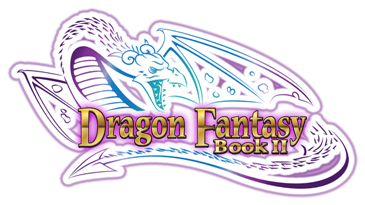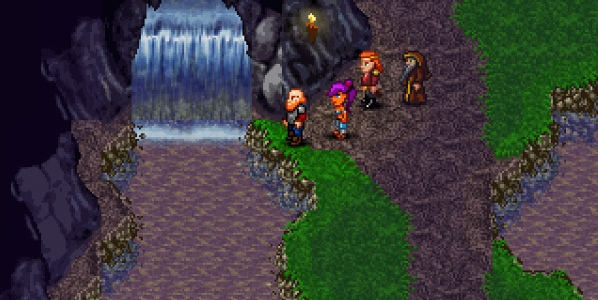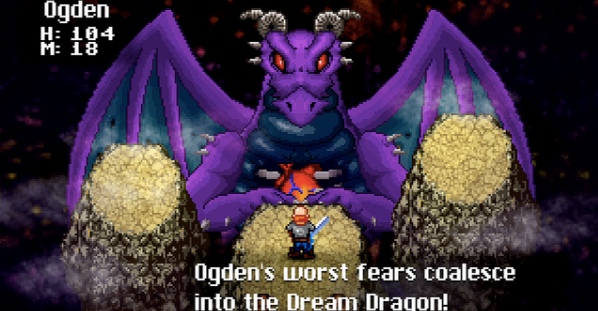
Developer: Muteki Corporation
Publisher: Muteki Corporation
Platform: PS3, Vita (Reviewed)
Review code provided
Many genres fall in and out of favor over the years but one that has stood proudly throughout time is the RPG. Popular in various flavors across the world, the genre has produced some of the best known series’ in all of gaming history. Every once in a while you have one which attempts to poke fun at itself, but they’re not as common as you might think. Dragon Fantasy Book II attempts to inject a RPG with some much-needed humor.
This is evidenced from the very start when you are introduced to the hero Ogden. Instead of being a spry young male, he is instead a bald, bearded man. Although I did not play the original game, it doesn’t seem you need to. Players are easily ushered into the world and get going on their quest. However, players do begin with characters already leveled up somewhat to compensate for the first chapter.
The first thing that players notice (and what may attract them to the game to begin with) is the graphics. Dragon Fantasy Book II is made to look like a 16-Bit RPG that would be right at home on Genesis or SNES. However, the enemies seem more like Earthbound creatures sometimes with a man in a shark suit and rocks with pirate hats in just the first area.

One interesting feature of the game is that the battles are not random. Instead, enemies can be seen on the field at all times, meaning you can sometimes avoid them. This is mostly just a technical truth though because most of the time pathways are so small you won’t be able to avoid an enemy. Other times, they will jump out of the bushes and initiate a fight themselves. There’s a dash of Pokemon in the gameplay too as you can catch weakened enemies and add them to your party.
Unfortunately, there is one gameplay based problem that is continuous. After walking into a new screen (area, building, etc), if you continue to press in a certain direction that direction will not function upon entering the new area. If you let go and then press the direction again it will work, but there’s something odd going on to keep it from being mapped initially. The issue is not game breaking of course but is annoying when all you want to do is hammer up to hurriedly run through an area. In an area that is sure to annoy writers, a fair amount of the text also features typos.

I played the game on Vita because that’s where it seems the best fit. It is suited easily toward quick bursts of play since you can just fight through a few crowds of enemies before pausing. The game also happens to be fully playable with both controller buttons and touch screen. Using the touch screen actually is my preferred way of navigating the big button menus. You can move Ogden around the screen with it too, but my thumbs aren’t keen on hovering over the screen continuously, considering the size and heft of the Vita.
Dragon Fantasy Book II is a cute little RPG that packs a lot of gameplay value into the experience. It isn’t a very in-depth game or up to par with the best SNES visuals, but it’s likely it still will exceed expectations. If you like classic RPGs then give it a look. Just be aware that it is rough around the edges. Still, it’s hard to go wrong with a game that oozes an obvious love for RPGs of yore.

3 out of 5 alpacas
About our rating system